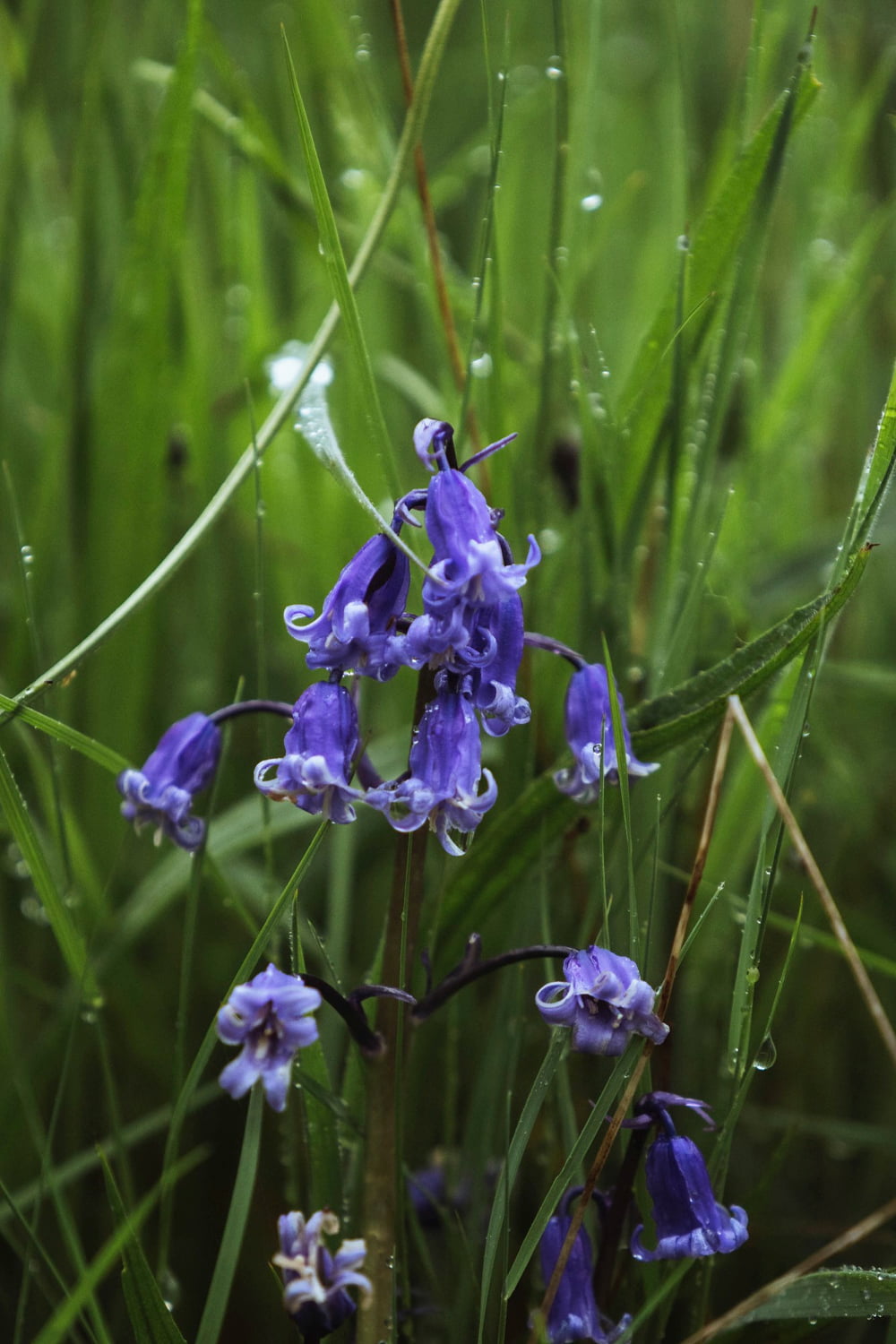Spring is the season of new beginnings and growth, and one of the most beautiful and symbolic plants of the season is the Bluebell. With its slender stems and bell-shaped flowers, the Bluebell is a true representative of the season, blooming in fields and woodlands across Europe and beyond. In this guide, we’ll take a closer look at the beauty and symbolism of Bluebells, and share some tips on how to grow and care for them.
What are Bluebells?
Bluebells, also known as English Bluebells or wild hyacinths, are perennial plant that blooms in the spring. They have narrow, strap-like leaves and bell-shaped flowers that droop from the stem. The flowers can be blue-purple, white, or pink. Bluebells usually bloom from April to May, depending on the location and climate.
Where can you find Bluebells?
Bluebells are native to Western Europe, but they can be found in other parts of the world, including the United States. In the UK, Bluebells grow in woodlands, hedgerows, and along the edges of fields. They thrive in moist, well-drained soil and partial shade.
What do Bluebells symbolize?
Bluebells are a symbol of humility and gratitude. They represent constancy, everlasting love, and gratitude. In the language of flowers, bluebells represent kindness and gratitude, making them a popular choice for gift-giving.
How to grow Bluebells in your garden?
Yes, you can grow Bluebells in your garden. They are easy to care for and prefer moist soil. Water them regularly if it doesn’t rain and add a layer of mulch to help keep the soil moist. After they bloom, let the foliage die back naturally before cutting it back. You can plant Bluebells in the fall or early spring.
Are Bluebells poisonous?
Bluebells are not poisonous to humans, but they can be toxic to animals if ingested in large quantities. If you have pets or livestock that graze in the area where Bluebells are growing, it’s important to keep this in mind.
Can you pick Bluebells?
It is illegal to pick Bluebells in the UK because they are protected under the Wildlife and Countryside Act of 1981. Even in other parts of the world where it may be legal to pick them, it is generally discouraged because it can damage wild populations. Instead, enjoy the beauty of Bluebells in their natural habitat and take photos to remember their stunning blooms.
In conclusion, Bluebells are a true symbol of springtime, with their delicate beauty and rich symbolism. Whether you admire them blooming in the wild or grow them in your garden, they are sure to bring joy and gratitude to all who appreciate them.

